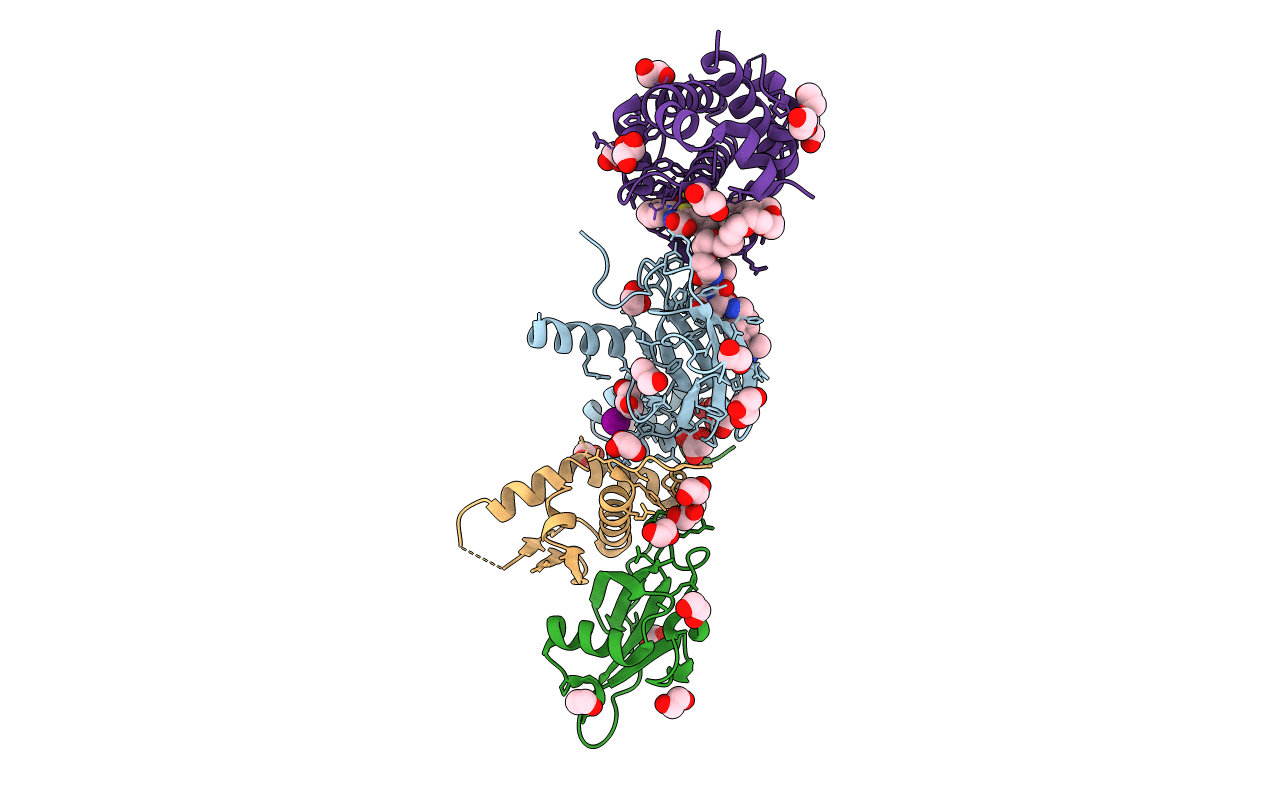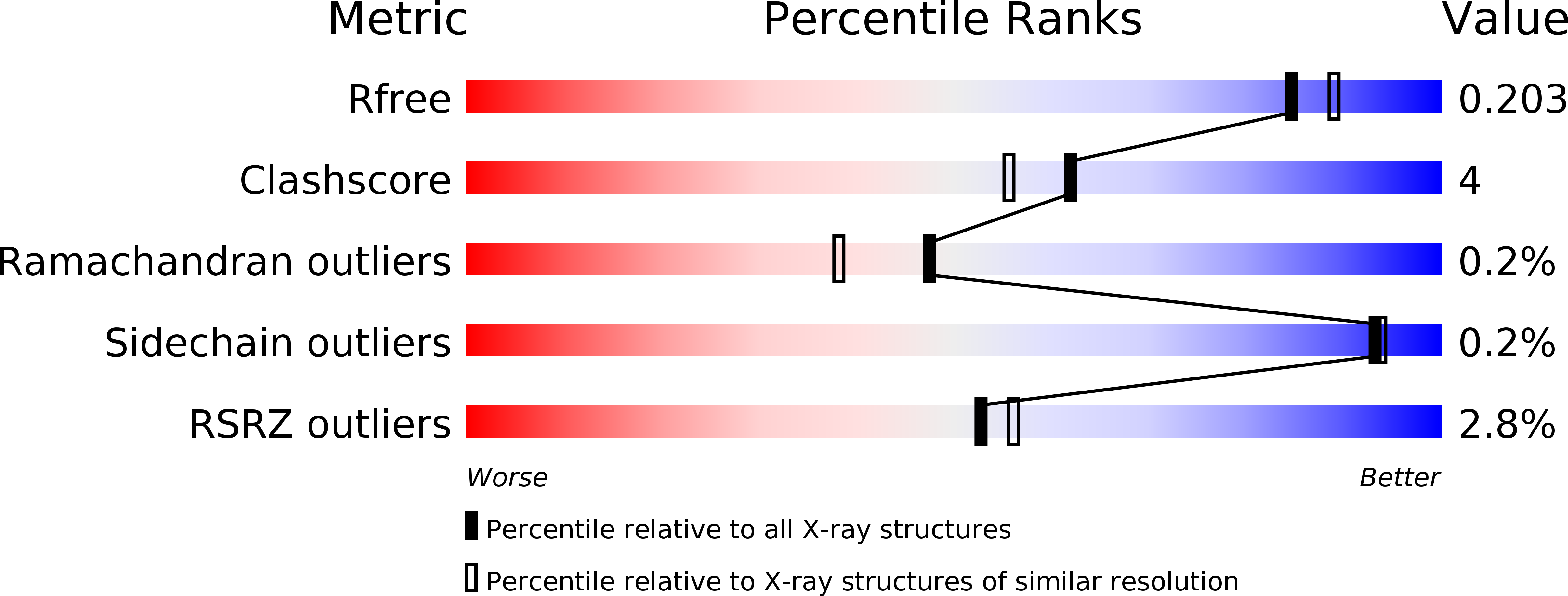
Deposition Date
2020-06-22
Release Date
2020-08-05
Last Version Date
2024-01-24
Method Details:
Experimental Method:
Resolution:
1.92 Å
R-Value Free:
0.19
R-Value Work:
0.16
Space Group:
P 21 21 21


